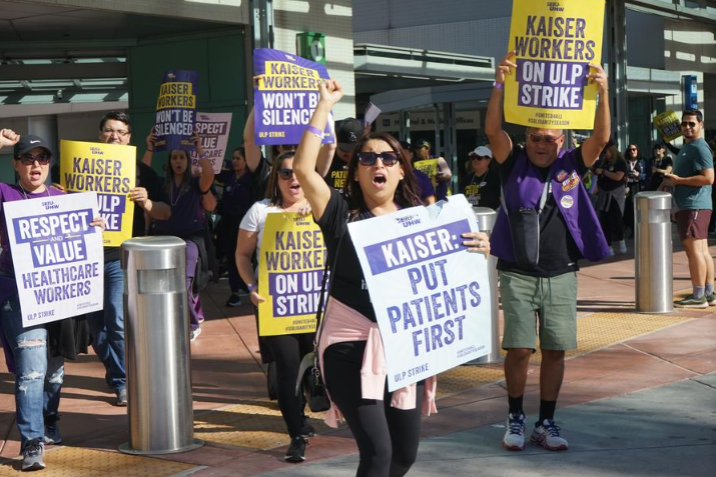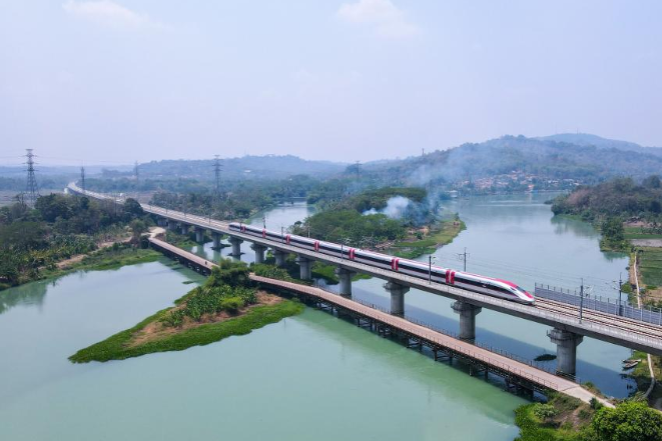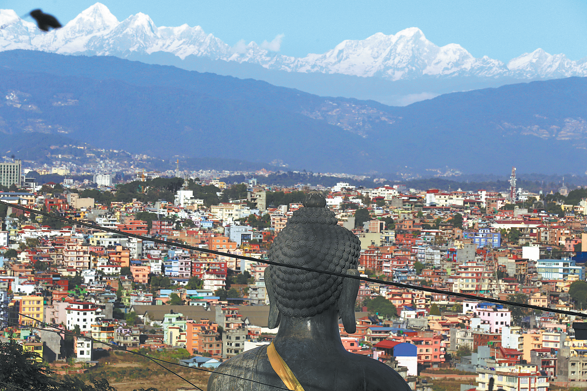Changes to H-1B visas present hurdles


"Many of my friends and people I know were very frustrated by the changes made to the H-1B visa process," said Wanfung Tsui, a digital marketing specialist based in New York who graduated from Rutgers University with a master's degree in quantitative finance. "Some of them received RFEs last year, and even after providing extra information, they were still denied."
Tsui qualified to work in the US because she is a STEM (science, technology, engineering, and mathematics) graduate, which allows working in the US for three years.
"This year, many of my friends have said that it would be last year of applying for H-1B visas, and they've been prepared to go back to China if they didn't get approvals," Tsui said. "Our choices are very limited because we want to stay in this country, but our status issue is just so complicated and uncertain at this moment."
The lingering questions on work visas and other immigration visas not only raise concerns and fears among international students and foreign workers but may also harm US competitiveness for global talent and its innovation ability, say those who deal with international students.
"There is a lot of compelling evidence that immigrants — who often come as students and stay on H-1B visas — are involved in founding high-growth, innovation-driven startup enterprises and that they make strong contributions to innovation inside large corporations," said Fiona Murray, associate dean for innovation, a professor of entrepreneurship and co-director of the MIT Innovation Center, in an email to China Daily. "Patent data, for example, shows that innovation rises when there are more H1B visas provided."
"US relies heavily on foreign-born STEM talent, particularly highly educated foreign-born STEM talent," said Nicole Smith, a research professor and chief economist at the Georgetown University Center on Education and the Workforce. "Foreign born workers already make up 17 percent of the domestic STEM workforce with levels reaching 18 percent in computer occupations and 25 percent in life and physical sciences occupations."
"Despite all the rhetoric of foreigners "stealing American jobs", there is a lot of evidence that they make a lot more than they take," Smith added. "Our fairly open economy, superior economic and technological infrastructure and our relatively higher salaries for STEM workers have, in the past, given the US a competitive advantage in attracting global STEM talent."
"We also know that increasing Chinese wages have been attracting Chinese workers back home in the most recent past," Smith said.
"With the billions of dollars that we invest in higher education, for both national and international students, we seem to be uniformly shooting ourselves in the foot in an attempt to close our borders while continuing to feed this burgeoning xenophobic atmosphere."
Contact the writers at ruinanzhang@chinadailyusa.com

































